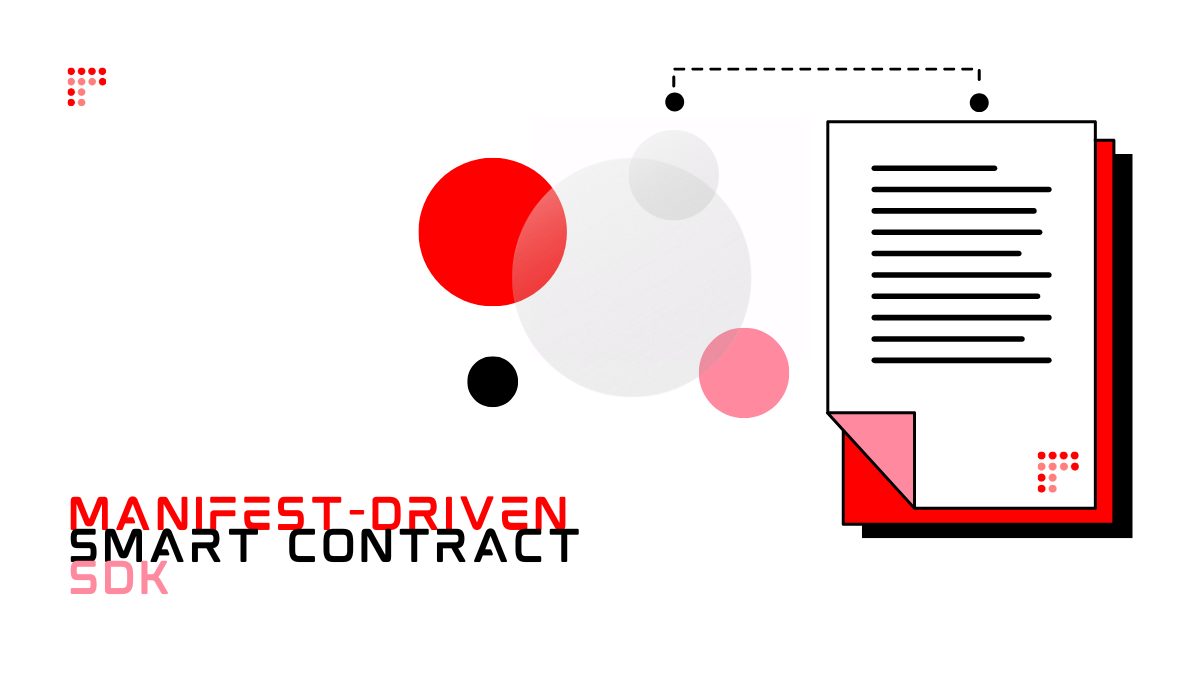There is an increasing expectation of web3 and the Blockchain not only to bring value to the virtual world but also to trigger a broader transformation of business models and society. But concretely, the tokens journey must start with building a good understanding of the core concepts and how the Blockchain, web3 and crypto relate to value as part of the Metaverse.
For that, we made a compilation of the key concepts that everyone needs to be familiar with to make the transition to Web 3.0 smooth.
Blockchain
A Blockchain is a distributed (shared) ledger of data, organized as chained blocks, which are verified and validated using a consensus mechanism by a network of distributed operators. The intellectual roots of the Blockchain technology can be traced back to early 1980s with the rise of modern cryptography.
However, the Blockchain as we know it today began with Bitcoin, a peer-to-peer digital payments protocol released in 2009 by pseudonymous creator Satoshi Nakamoto. With continued innovation and rapid adoption, Blockchain is becoming a foundational technology in our digital future and the Metaverse promise.
Token
Tokens are kinds digital assets that are stored and exchanged through the Blockchain. A digital asset can be broadly defined as a non-physical asset which is created, stored, transferred and exchanged in a digital format. In the context of the Blockchain, cryptography is used to guarantee the authenticity of a digital asset by eliminating the possibility of counterfeiting or double spending.
NFT
A Non-Fungible Token (NFT) is a record stored on a Blockchain. It certifies that a unique version or copy of a digital asset is owned by a one or more entities. NFTs can represent digital assets such as images, audios, videos, and other digital files. NFTs can also be used to track and represent the ownership and authenticity of physical assets. Common use cases include original artwork(i.e.,digital art) and Blockchain games.
Metaverse
A metaverse is an immersive interactive virtual world accessible via a computer, virtual reality headset or smartphone(among others). Metaverses are very likely to be powered by the Blockchain technology and crypto-tokens (i.e.,cryptocurrencies, NFTs). That is what makes assets, interactions, and experiences earned in the digital realms valuable.
Cryptocurrency (“crypto”)
Crypto tokens and currencies are examples of digital assets that are stored and exchanged through the Blockchain. Cryptocurrencies are mostly decentralized digital currencies, created using cryptographic techniques. Everyone can issue the cryptocurrency (mine), buy, sell or trade without limits and control. Transactions are secure and much faster than traditional currency.
Crypto Wallet
A crypto wallet is a software or device for storing crypto tokens and making transactions through the Blockchain. Metamask is a popular browser extension and mobile app that acts as a crypto wallet and gateway to blockchain apps.
Smart contract
A smart contract is a decentralized software program that is stored in the Blockchain, and called when predefined events occur or preconditions are satisfied. Smart contract's execution is automated, safe, and fast. A smart contract could implement many functions: token exchange and transfer, voting, payment, auctions, randomness, etc.
Miner
Miners are nodes in the Blockchain. Each of the miners is tasked to verify the transactions: checking the source, checking a double-spending of the money, checking if transaction volume is within the allowed range. Miners are rewarded with crypto for verifying the block of transactions that were added to the Blockchain.
Gas Fee
Gas fees refer to the amount of cryptocurrency that users pay miners in order to include their transactions into the Blockchain.
DApp
Decentralized application or DApps are software applications that run inside a Blockchain network. DApps run on a decentralized environment and don’t have a central authority.
DeFi
Decentralized finance or DeFi refers to financial services that reside in the Blockchain. DeFi services can be thought of as substitutes to financial services that banks usually provide.
DAO
Decentralized Autonomous Organization are an open-source platforms running on a Blockchain network that allows users, collectively manage the code. The organisation's rules are built in the code and enforced through smart contracts. In order to vote for proposals, users have to own and lock cryptocurrency into a voting contract. The voting weight is proportional to the amount of cryptocurrency locked. The proposal is finalized after achieving the network consensus rule and voters are rewarded with cryptocurrency.
Ethereum
Ethereum is an open-source platform representing a public Blockchain. It focuses on running DApps and has its own cryptocurrency for making payments inside the network, called Ether.
EVM
Ethereum Virtual Machine is a runtime environment for executing smart contracts in the Ethereum blockchain. It allows a secure way of running programs that spread between machines around the world.
Solidity
Solidity is programming language for writing smart contracts in the Blockchain (i.e., Ethereum). The program has to be compiled in an Ethereum Virtual Machine.

- © 2025 FeverTokens
- 38 rue Jean-Mermoz, 75008, Paris, France



